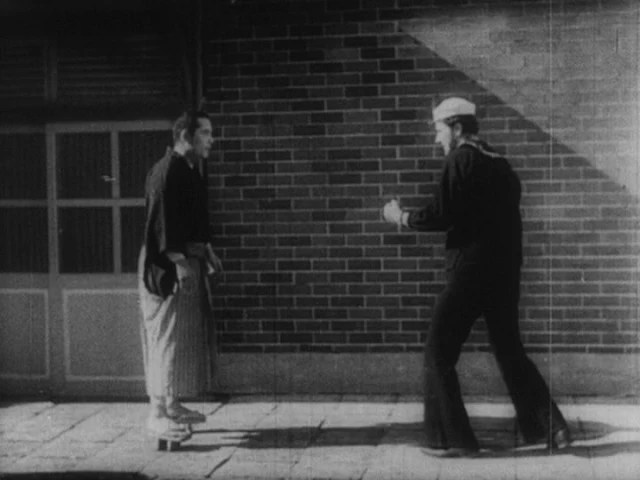 |
| Yoko Yaguchi in The Most Beautiful |
Tsuru Watanabe: Yoko Yaguchi
Yuriko Tanimura: Sayuri Tanima
Chief Goro Ishida: Takashi Shimura
Soichi Yoshikawa: Soji Kiyokawa
Ken Shinida: Ichiro Sugai
Sachiko Yamazaki: Sachiko Ozaki
Fusae Nishioka: Shisuzo Nishigaki
Asako Suzumura: Asako Suzuki
Director: Akira Kurosawa
Screenplay: Akira Kurosawa
Cinematography: Joji Ohara
Production design: Teruaki Abe
Music: Seichi Suzuki
Akira Kurosawa's second feature film, The Most Beautiful, is a kind of docudrama, a vehicle for wartime Japanese propaganda demonstrating the virtues of duty and faithfulness to the war effort. But while it's hardly subtle, Kurosawa imbues it with feeling for his characters: the hard-working young women at a factory manufacturing optical instruments for the military. They grind and check lenses and assemble telescopes and bomb sights. By 1944, it was clear enough that Japan had taken on a greater military challenge than it had anticipated, and the managers of the factory are tasked with accelerating production. So they mandate a doubling of output for the male workers, and half of that for the women, who are mostly still girls. But some of the women, such as Watanabe, who is a leader among the workers, are insulted that their role should be so much lesser than that of the men, and they plead with the company to set a higher goal. The rest of the film is about maintaining morale in the face of illness and fatigue. Watanabe becomes a hero when she accidentally mislays one of the lenses she is calibrating and, fearful that the lens might be flawed, she insists on staying at work well into the night, checking all of the recently produced lenses until she locates it. It's to Kurosawa's credit that the film makes as much drama as it does out of the situation, but he shares much of the credit with Yoko Yaguchi's performance as Watanabe. (He also married Yaguchi after the film was finished.) Heavy on stereotypes and sentiment, with a little too much footage of the workers' fife-and-drum corps, The Most Beautiful is mostly of historical interest, though it has some genuinely affecting moments.
